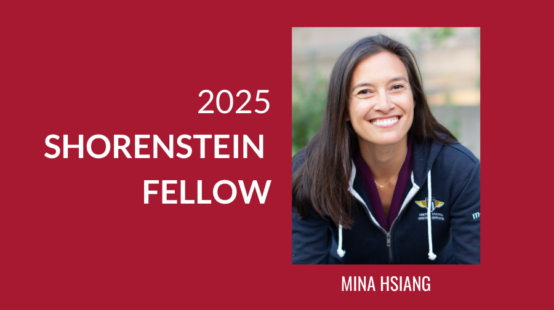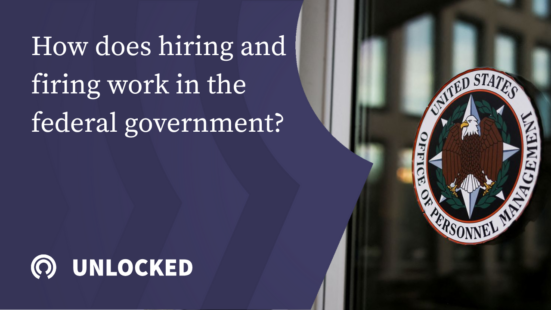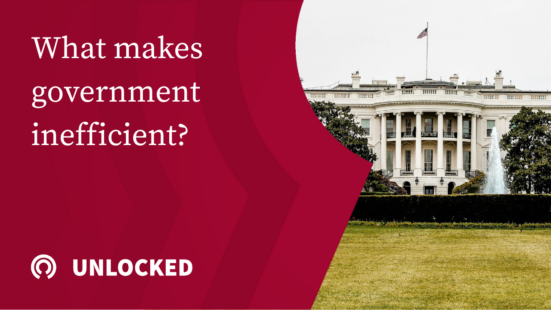Mina Hsiang was the third Administrator of the United States Digital Service (USDS), a role she served in from August 2021 to January 2025. As USDS Administrator she led the organization within the Executive Office of the President charged with tackling government’s most critical technology challenges to deliver simpler, more secure, and more efficient government services for the American public. Core to this work was bringing top technical talent from the private sector into civil service, and rethinking how the government manages and buys digital capabilities. USDS was, under her leadership, home to over 200 top technologists working across multiple agencies to tackle dozens of critical problems.
In the private sector, Hsiang was VP of Technology Products and VP of Policy at an integrated insurance and services startup for seniors that she helped start and grow into a 700+ person company. She previously led new product development for the analytics division at a large healthcare technology & services company. She spent time as a venture investor and advisor, helping start and grow companies across multiple industries. Hsiang spent her early career building cutting-edge medical devices including point-of-care diagnostics and robotic prosthetics.
Hsiang has also held roles that allow her to do work across the federal government. Beginning in January 2021, she served as USDS’s COVID lead where she oversaw the delivery of the Vaccines.gov integrated consumer experience in collaboration with the CDC and HHS.
During the Obama Administration, Hsiang was a key member of the HealthCare.gov rescue. She went on to help start USDS, serving as the lead for healthcare projects, which spanned the Department of Defense (DoD) and the Department of Veterans Affairs, and Health and Human Services (HHS), where she eventually started HHS’s own Digital Service. Hsiang also served as Senior Advisor to the U.S. Chief Technology Officer during the Obama Administration, in the Office of Science and Technology Policy, where she was the technology lead for the Precision Medicine initiative. She served on the DoD’s Defense Innovation Board subcommittee on software development, and on the Biden Harris Transition Team.
Administrator Hsiang held her first government role while studying biomedical engineering at the Massachusetts Institute of Technology where she served as an intern at the Federal Drug Administration.
Mina received her bachelor’s and master’s degrees in Electrical and Biomedical Engineering from the Massachusetts Institute of Technology, and an MBA from the Harvard Business School. She and her husband, Orin, have two children.





